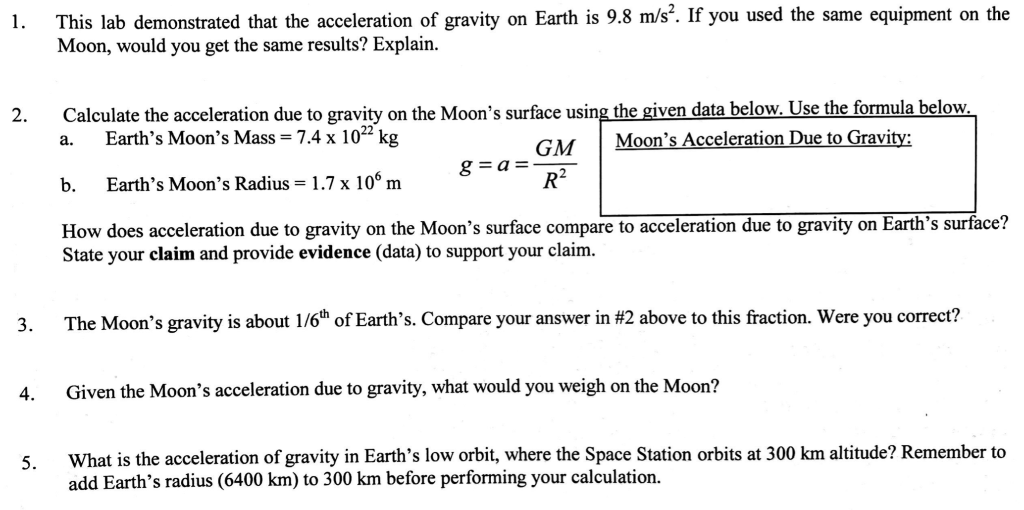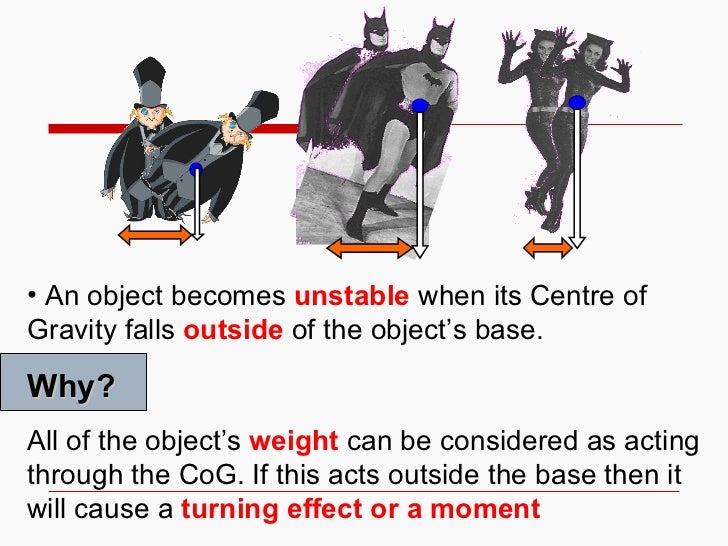
The clear implication is that Earth's gravitational force causes the Moon to orbit Earth. This agreement is approximate because the Moon's orbit is slightly elliptical, and Earth is not stationary The Earth-Moon system rotates about its center of mass, which is located some 1,700 km below Earth's surface. The centripetal acceleration of the Moon found in (b) differs by less than 1 percent from the acceleration due to Earth's gravity found in (a). The direction of the acceleration is toward the center of Earth.

The force is directly proportional to the product of their masses and inversely proportional to the square of the distance between them. Stated in modern language, Newton's universal law of gravitation states that every particle in the universe attracts every other particle with a force along a line joining them.

It is always attractive, and it depends only on the masses involved and the distance between them. The gravitational force is relatively simple. Scientists still expect underlying simplicity to emerge from their ongoing inquiries into nature. Great importance is attached to it because Newton's universal law of gravitation and his laws of motion answered very old questions about nature and gave tremendous support to the notion of underlying simplicity and unity in nature. The inspiration of Newton's apple is a part of worldwide folklore and may even be based in fact. This was one of the earliest examples of a theory derived from empirical evidence doing more than merely describing those empirical results It made claims about the fundamental workings of the universe.įigure 6.20 According to early accounts, Newton was inspired to make the connection between falling bodies and astronomical motions when he saw an apple fall from a tree and realized that if the gravitational force could extend above the ground to a tree, it might also reach the Sun. It had been known for some time that moons, planets, and comets follow such paths, but no one had been able to propose a mechanism that caused them to follow these paths and not others. This theoretical prediction was a major triumph. But Newton was the first to propose an exact mathematical form and to use that form to show that the motion of heavenly bodies should be conic sections-circles, ellipses, parabolas, and hyperbolas. Some of Newton's contemporaries, such as Robert Hooke, Christopher Wren, and Edmund Halley, had also made some progress toward understanding gravitation. His forerunner, Galileo Galilei, had contended that falling bodies and planetary motions had the same cause. But Newton was not the first to suspect that the same force caused both our weight and the motion of planets. Sir Isaac Newton was the first scientist to precisely define the gravitational force, and to show that it could explain both falling bodies and astronomical motions (see Figure 6.20). It is a force that acts at a distance, without physical contact, and is expressed by a formula that is valid everywhere in the universe, for masses and distances that vary from the tiny to the immense. It is the weakest of the four basic forces found in nature, and in some ways the least understood. Gravity is another example of underlying simplicity in nature. In fact, the same force causes planets to orbit the Sun, stars to orbit the center of the galaxy, and galaxies to cluster together. And the Moon orbits Earth because gravity is able to supply the necessary centripetal force at a distance of hundreds of millions of meters. An apple falls from a tree because of the same force acting a few meters above Earth's surface. Our feet are strained by supporting our weight-the force of Earth's gravity on us. What do aching feet, a falling apple, and the orbit of the Moon have in common? Each is caused by the gravitational force. The student is able to make claims about the force on an object due to the presence of other objects with the same property: mass and electric charge.

To calculate the gravitational field due to an object with mass M, where the field is a vector directed toward the center of the object of mass M. The information presented in this section supports the following AP® learning objectives and science practices:


 0 kommentar(er)
0 kommentar(er)
